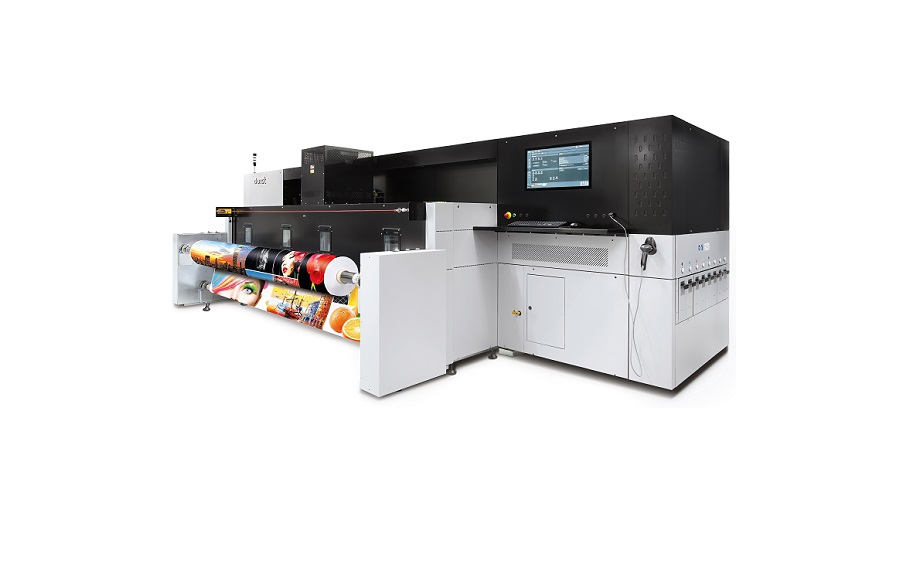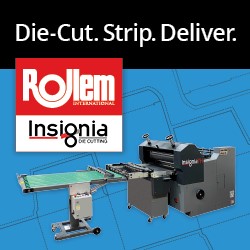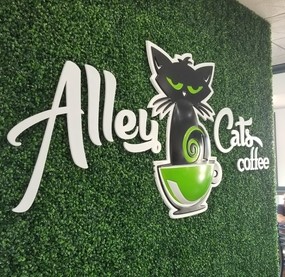Inkjet Printing: Wide-format media built for the long run
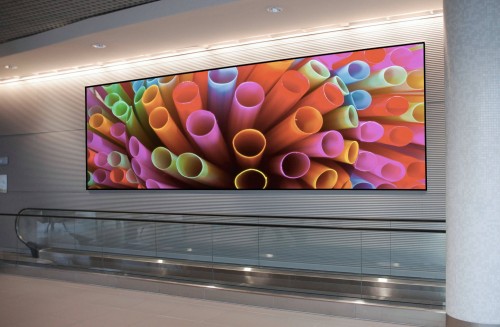
By Paul Filippelli
Given recent advances in wide-format inkjet printing technologies, particularly the capability to print images directly onto substrates, one may well expect the use of pressure-sensitive, self-adhesive wide-format media in the Canadian sign industry would have begun to decrease. After all, today’s flatbed printers and ‘hybrid’ presses—which combine flatbed and roll-to-roll printing—can produce graphics on an exceptionally diverse range of materials, from glass to wood to metal, eliminating the need to print onto self-adhesive films first and then laminate those films onto rigid substrates.
Yet, on the contrary, pressure-sensitive media have remained not only relevant, but exceptionally important to most sign shops and wide-format printing companies. The market is still dominated by films composed of polyvinyl chloride (PVC), followed by increasingly popular polyester-based and polypropylene (PP) films, which offer their own distinct benefits for certain applications.
Indeed, manufacturers now offer a mind-boggling array of pressure-sensitive substrate options, which signmakers must choose from based on performance level, application type and finish. It can be difficult to narrow down the selection and determine which product is best for the job at hand.
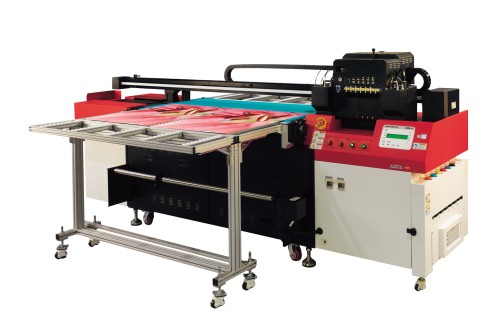
With manufacturers striving to best each other with regard to warranties and product durability, signmakers’ purchasing decisions are typically based on brand loyalty and the need to minimize graphic failures in the field. This is especially true for the more demanding applications, like vehicle wraps, other fleet graphics and long-term signage.
For many sign shops called upon to provide short-term products, on the other hand, such as point-of-purchase (POP) displays and some general signage, media selection has often been handled with greater attention on finding the lowest-cost options.
In this sense, both overall market trends and more specific application factors can contribute to the final self-adhesive wide-format media selection. Since a poor selection process can create unachievable expectations for the client, followed by poor results upon delivery, Canadian signmakers need greater assurance they are choosing and using the right pressure-sensitive media for the job.
Vinyl formulations
By becoming better-educated about the reasons for selecting certain self-adhesive wide-format media above others, signmakers can reduce the risk of failure, repeated job runs and lost customers. In a highly competitive market where the philosophy is too often about ‘good versus good enough,’ it is important to begin by understanding self-adhesive films are not all created equal.
Every manufacturer may seem to supply identical variations of matte white vinyl, for example, but the formulation behind the vinyl is key in determining how suitable the film is for different applications. Cast vinyl commands a premium price because of its durability, which makes it integral for vehicle wraps, whereas calendered vinyl—commonly formulated using monomeric or polymeric plasticizers—carries a lower price.


